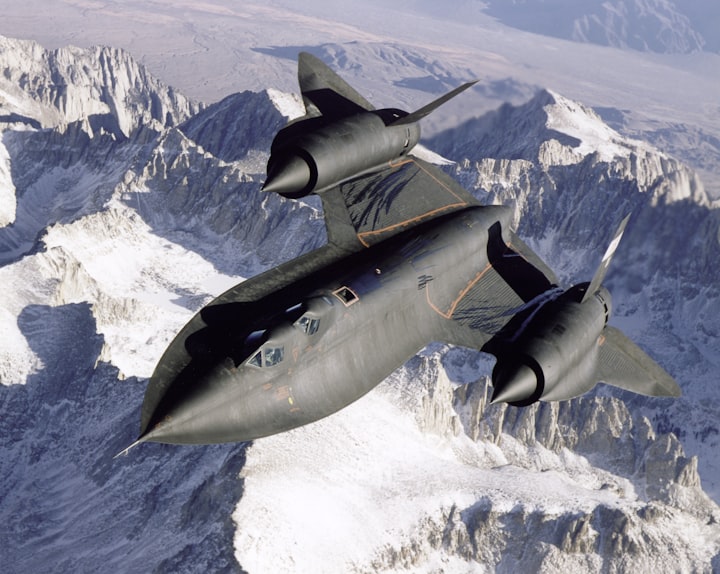Breaking Sound's Barrier
A Thrilling Journey Through Aviation History
Imagine a time when the idea of humans traveling faster than the speed of sound seemed utterly impossible. It was a notion that would make us shake our heads in disbelief and burst into laughter. It was as inconceivable as Superman defying gravity with his incredible powers. But what if I told you that more than 70 years ago, a man accomplished this unimaginable feat?
Let's embark on a thrilling journey to the past and uncover the story behind this remarkable achievement. Our protagonist is none other than the future legend, Charles "Chuck" Yeager, born in 1923. Picture a vibrant era with Jazz music filling the air, and America stepping into a decade of prosperity.
Chuck spent his early years in the tranquil town of Hamlin, West Virginia, as the second son of Susie and Albert Yeager. He thrived in a peaceful environment, where his curiosity and love for outdoor activities flourished. When he wasn't exploring the woods, he could be found by his grandpa's side, mastering the arts of fishing and hunting. School, however, didn't capture his interest as much as the great outdoors did. But amidst it all, Chuck excelled in subjects that would prove instrumental in shaping his future—math, physical activity, and manual dexterity.
His father's natural gas drilling business ignited a deep passion within Chuck for generators, pumps, and pressure regulators. Eager to learn, he immersed himself in understanding every aspect of these machines, becoming an expert in no time. By his teenage years, Chuck possessed the skills to fix generators, troubleshoot complex systems, and even repair his father's pickup trucks. The year 1941 marked his graduation from school, and in September, he took a life-altering step by enrolling in the Army Air Corps.
By July 1942, Chuck's exceptional discipline and talents caught the attention of the Air Force, who selected him for flight training. When his training began, he soared to new heights—both literally and figuratively. With extraordinary eyesight, coordination, and unwavering composure in high-pressure situations, Chuck embodied the essence of a true pilot. His peers and instructors couldn't help but be captivated by his competitive nature and expertise in machinery. Finally, in March 1943, he received his wings and took flight into a world that would soon witness his incredible accomplishments.
Within a year, Chuck had accumulated over 270 flight hours in Europe, an experience that would prove invaluable in his career. But it was the quest to travel faster than the speed of sound that lay before him, a monumental challenge that required breaking through the formidable barrier of physics.
Scientifically speaking, the sound barrier represented a sudden surge in aerodynamic force when an aircraft approached the speed of sound. Now, let me simplify it for you. Imagine sitting in your room, engrossed in YouTube—or should I say, studying diligently. The air surrounding you consists of countless molecules. As you move through that air, the molecules hurriedly make way for you. Now, picture flying an aircraft at supersonic speeds. When the air molecules fail to evade your path swiftly enough, they compress in front of your plane, creating a compressibility issue that surrounds breaking the sound barrier.
The compressibility of molecules had intrigued physicists long before airplanes took to the skies. However, it was always associated with the speed of sound, the focus of scientific investigation. Researchers scrutinized projectiles that managed to surpass the speed of sound, and when they captured the first photograph of such a projectile, they witnessed shockwaves forming both at its front and back. This visual representation provided tangible evidence of molecular compressibility.
While the aviation world soared to new heights, engineers grappled with the challenge of constructing aircraft that could approach the speed of sound without disintegrating.
About the Creator
Magoola Isaac
Passionate writer who believes words can change the world. Constantly exploring new ideas, experimenting with different styles. Enjoys music, movies, and reading. Dedicated to craft, hopes to make a positive impact.







Comments
There are no comments for this story
Be the first to respond and start the conversation.